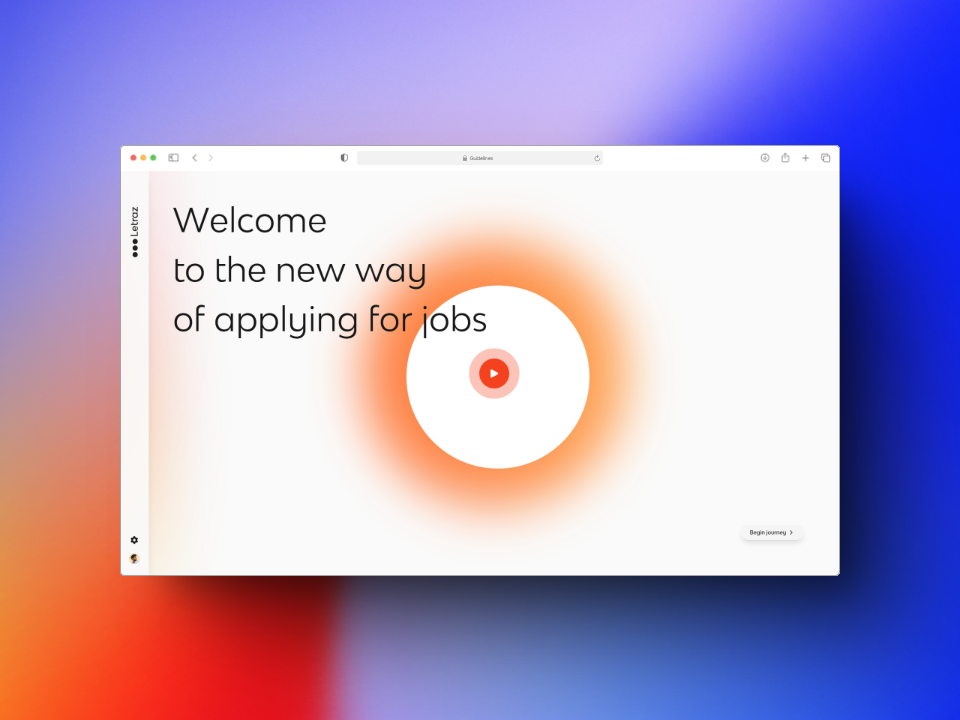
Core guidelines
- Always start with an issue. Create the issue in the Linear if an issue regarding the feature/bug doesn’t exist. While creating an issue, use the standard issue format that consists of a brief description of what needs to be done, bullet-point representation of the success criteria and bullet-point representation of the acceptance criteria.
- Mark the issue as in-progress when starting to work on the said issue, keep any discussions to that issue in the threads section under that issue itself.
- Use a consistent file and folder naming convention. Read through the established structure the project follows, try to repurpose the old code as there .
- Maintain a well documented code and explain with comments where necessary. Although don’t over-comment stuff. Try to write code in such a way that mostly commenting isn’t required.
- Try to avoid technical debt as much as possible. Document technical debt (if any) clearly in the threads section beneath the issue and prioritize on reducing it systematically.
- Use bun as the package manager for the project. Do not use npm, pnpm or yarn. Avoid unnecessary dependencies and regularly purge dependencies that are no longer being used.
- Please notify the team before introducing a new dependency (ShadCN components doesn’t count, add them anytime).
- No typescript errors should be present in the code for any PR. Also don’t ts-ignore any TS errors until absolutely necessary. Avoid using any type as much as possible.
- Double check lint errors and warnings before committing. No errors and ideally no warnings should be there in the committed code. Run bun run lint:fix as necessary.
- Do not directly commit into the main branch. Always commit into the corresponding branch of the Linear issue.
- Make atomic commits with clear and concise commit messages precisely communicating the changes that were made in the said commit.
- While opening a pull request, follow the PR description format. Include the link to the Linear issue, provide a description, bullet-point representation of the changes made in the PR and a closing note. Ask for review from at least two team members when opening the PR.
Standard formats and templates
These are the standard formats and templates that are to be followed while creating issues, pull requests and other forms of communication in the Letraz repositories.Issue template
A standard issue template that is to be followed while creating issues in the Linear. This template consists of a brief description of the issue, bullet-point representation of the success criteria, bullet-point representation of the acceptance criteria and any additional notes that might be useful for the team to know. Name: [Issue type]: [Issue name]Issue type: [feat/bug/impr/docs/core/chore/style/logic]
Commit message template
A standard commit message template that is to be followed while committing changes in the Letraz repositories. This template consists of a brief one line summary of the changes made in the commit.Pull Request template
A standard pull request template that is to be followed while creating pull requests in the Linear. This template consists of link to the Linear issue, a brief description of the PR, bullet-point representation of the changes made in the PR and a closing note. Name: [Linear issue number] | [Issue type]: [PR name]Issue type: [feat/bug/impr/docs/core/chore/style/logic]

